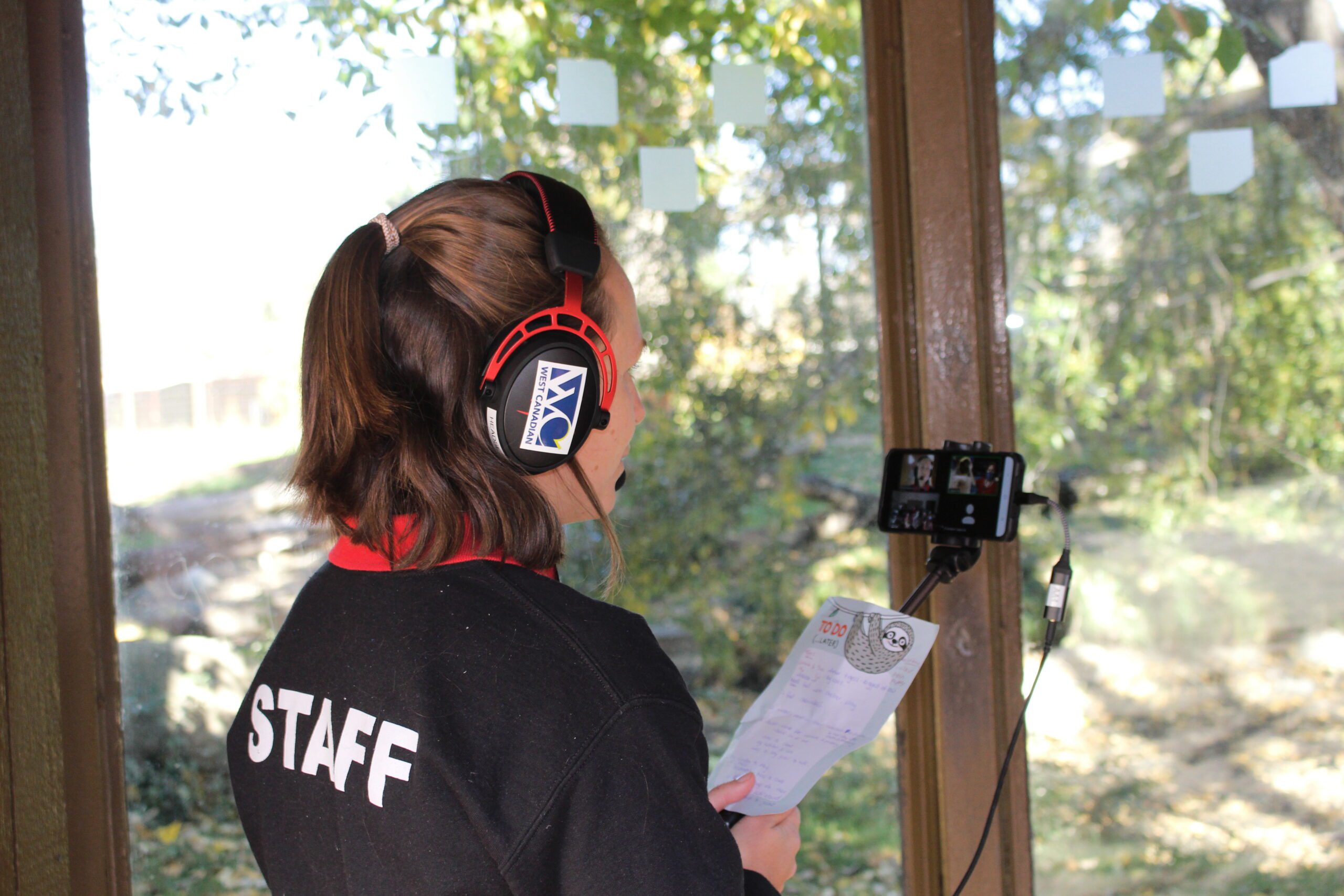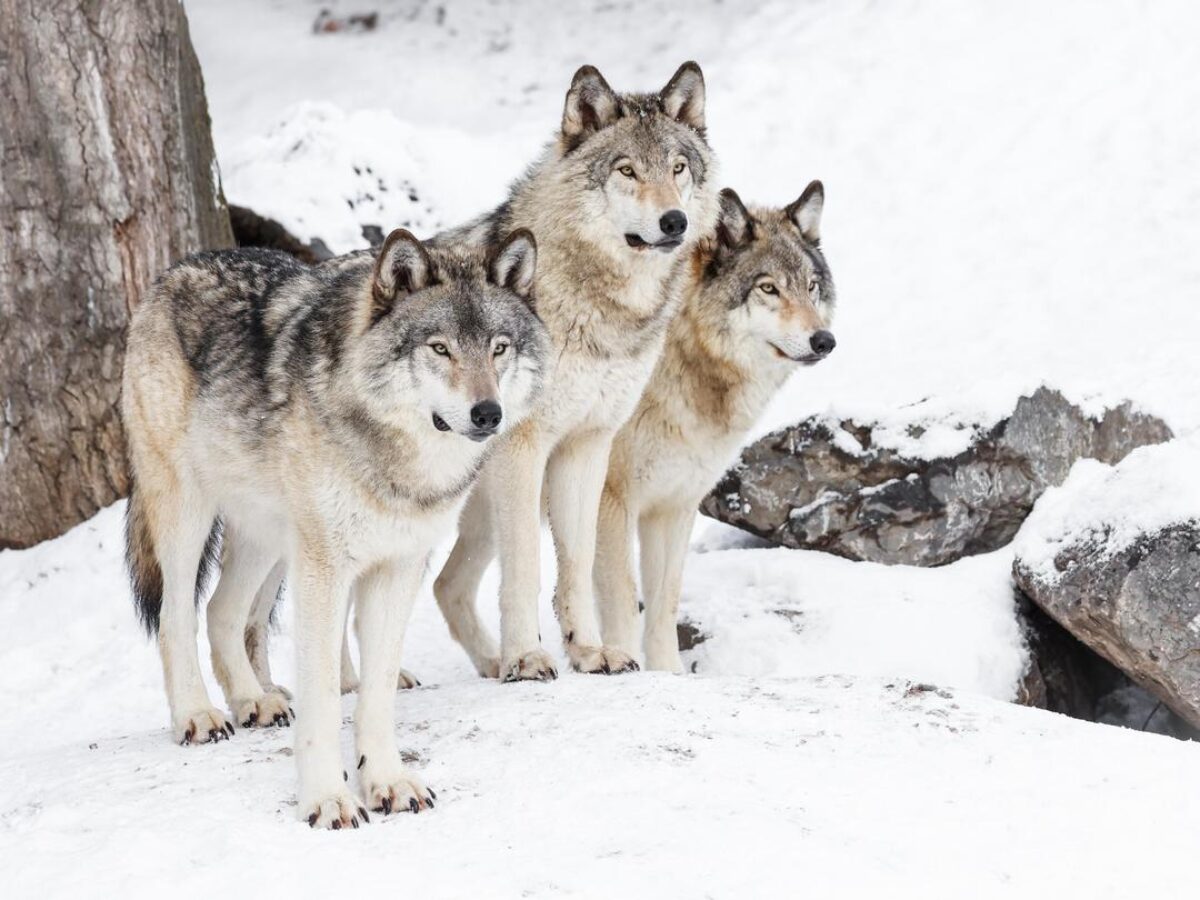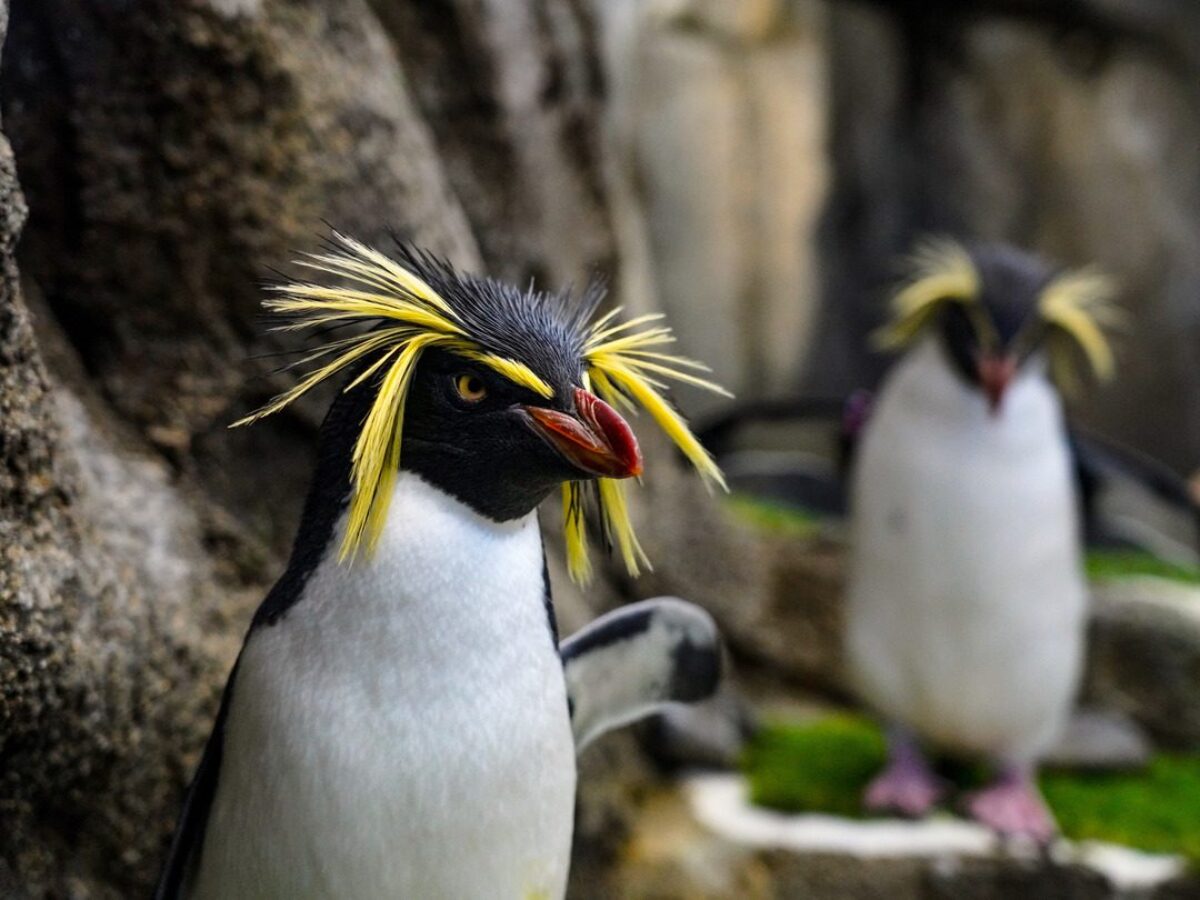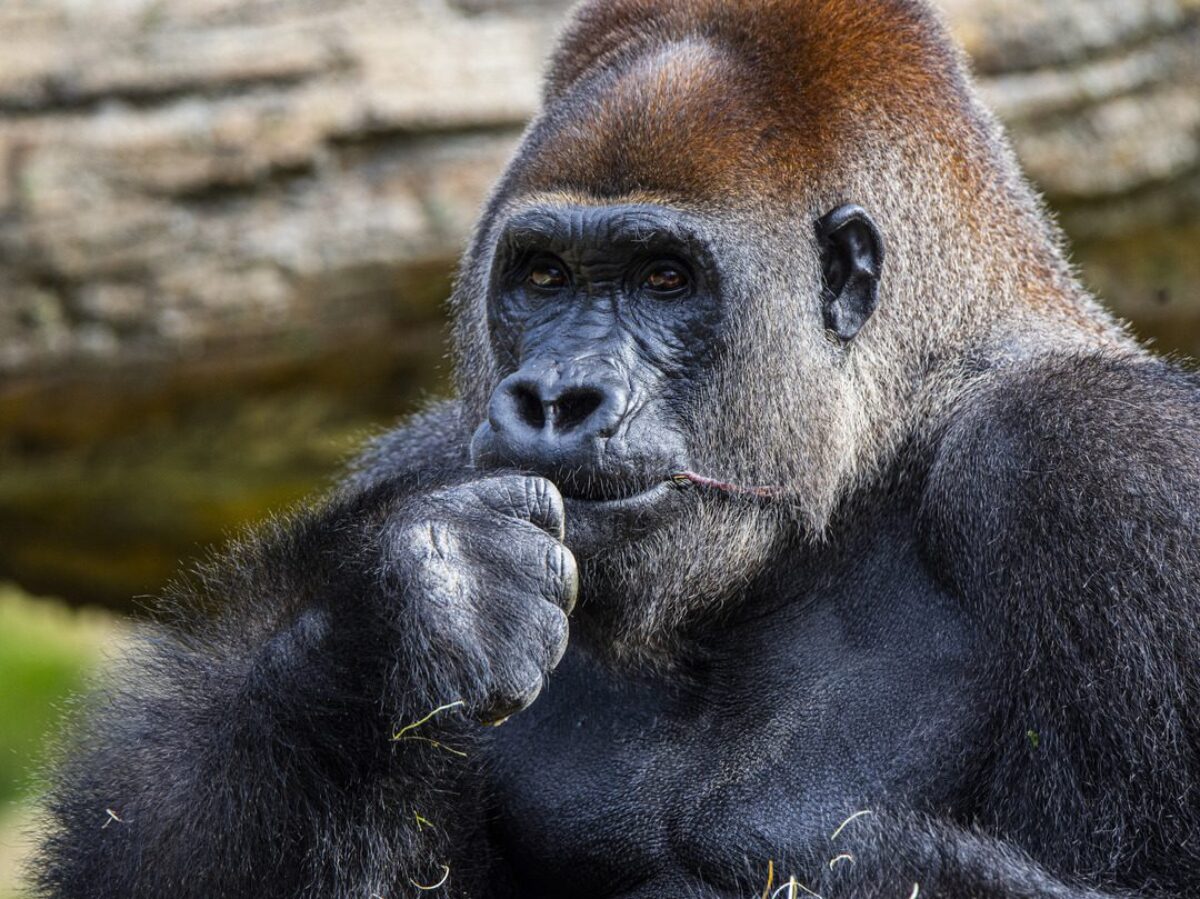
Virtual Program Information
Program Information
- Virtual programs are offered from December 2025 – February 2026, and by request from October 2025 – March 2026. Bookings will be available in August 2025.
- Virtual programs are delivered via Zoom. This software has the best settings to support our program needs.
- Teachers and students do not need to have a Zoom account to join a virtual program hosted by the zoo.
- Please note we do not permit recording of our virtual programs.



Virtual Safari: Exploration Asia
Discover the spectacular animals that call Asia home while being toured by a knowledgeable conservation educator. Our educators will outline curricular connections specific to your student’s level. On this walking safari, explore predator-prey relationships, social dynamics, adaptations for extreme environments, and human impacts. Animals observed may include Amur tigers, Malayan tapirs, white-handed gibbons, red pandas, snow leopards, Japanese macaques, and Bactrian camels.
Grades: Kindergarten to grade 12
Length: 60 minutes
Program Times: 9:00am, 10:30am, 1:00pm
Capacity: Up to 37 students
Cost: $125
Virtual Safari: Wild Canada
Wild Canada Edu-Trek is an unforgettable virtual zoo tour that takes you on an adventure through various natural habitats found across the Canadian landscape. Our conservation educator will lead you on an virtual educational and entertaining journey, introducing you to a diverse range of wildlife species and the conservation efforts that protect their natural habitats. Animals observed may include cougars, bears, mountain goats, moose, whooping cranes, river otters, and polar bears!
Grades: Kindergarten to grade 12
Length: 75 minutes
Program Times: 9:00am, 10:30am, 1:00pm
Capacity: Up to 37 students
Cost: $125
Virtual Penguin Palooza
Students will discover the world of penguins in our virtual adaptation of our Penguin Palooza program. Through investigation of biofacts, examining maps and virtually touring the Penguin Plunge, students learn about penguins and are guided to reflect on the question “how does the Wilder Institute Calgary Zoo make a home for penguins?” to determine why zoos are important and how they can benefit our animals.
Grades: Kindergarten to grade 3
Length: 60 minutes
Program Times: 9:00am, 10:30am, 1:00pm
Capacity: Up to 37 students
Cost: $125
Virtual Polar Passage
Polar Passage is an interactive and educational virtual expedition that allows young learners to embark on a captivating exploration of the Arctic region, where they will encounter the magnificent Polar Bears in their habitats at the Wilder Institute/Calgary Zoo. Through exciting virtual experiences, fun activities, and captivating storytelling, children will gain a deeper understanding of the Arctic ecosystem and the importance of conserving this icy wonderland.
Grades: Kindergarten to grade 3
Length: 60 minutes
Program Times: 9:00am, 10:30am, 1:00pm
Capacity: Up to 37 students
Cost: $125
Virtual Wilder 101
Step into the heart of conservation with the Wilder Institute/Calgary Zoo through this interactive virtual program. Join us on a journey as we delve into two conservation translocation programs based in Western Canada and a community-based conservation program in Kenya, where we collaborate to support the recovery of species and empower communities. Wilder 101 offers a unique opportunity to discover the history and impact of some of our conservation efforts; learn about the challenges faced by species-at-risk; and explore the tools, techniques and scientific methods being used by the Wilder Institute/Calgary Zoo and their partners as we work to positively impact both nature and communities.
Grades: Grade 7-12, and adult audiences
Length: 60 minutes
Program Times: 9:00am, 10:30am, 1:00pm
Capacity: Up to 37 participants
Cost: $125

The Vermilion Energy Zoo Explorers Program
The Vermilion Energy Zoo Explorers program ensures all students in Calgary have the chance to experience the zoo’s unique education programs. This fund subsidizes program fees and bus services for eligible equity schools.
For the 2023-2024 school year, we have funding available for students from kindergarten to grade 6 to participate. When booking, please inquire for more details on how your students can benefit from this opportunity for on-site, in-school, or virtual programming.
